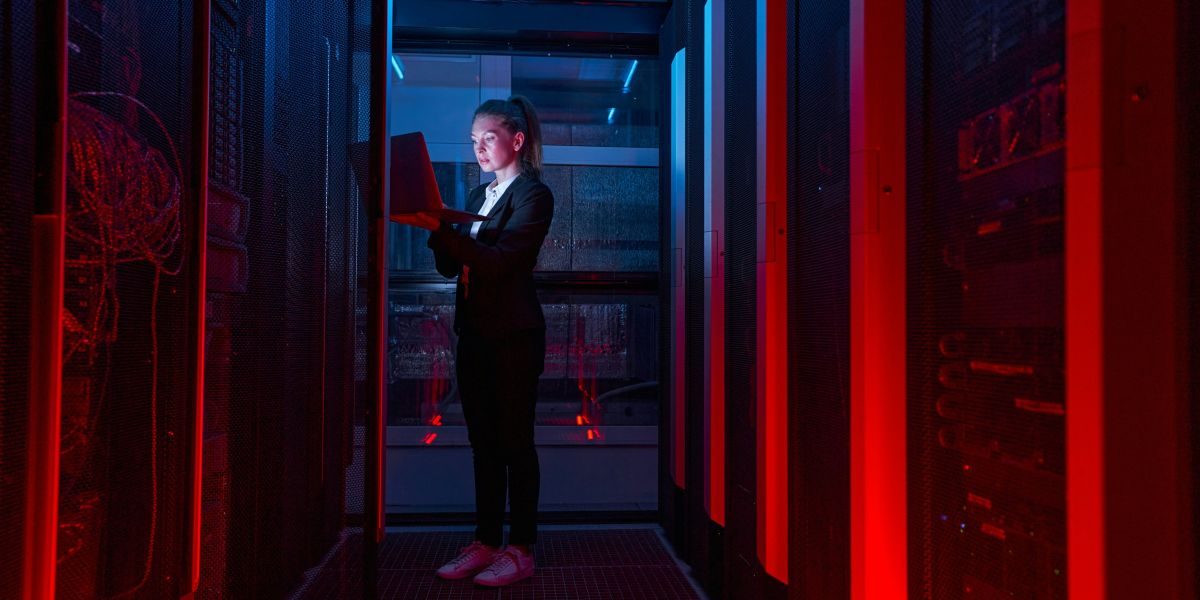Why Modernizing Legacy Systems Is No Longer Optional
Many organisations today still run critical operations on legacy systems built decades ago. While these applications may continue to function, they are often inflexible, costly to maintain, and difficult to integrate with modern tools. As the digital landscape evolves rapidly, clinging to outdated technology holds businesses back from innovation, growth, and resilience.
Legacy modernization is the strategic process of transforming ageing systems into agile, secure, and scalable digital solutions that support long-term business objectives. It’s not just a technical upgrade — it’s a business imperative.
What Is Legacy Modernization?
Legacy modernization refers to updating or transforming legacy software, infrastructure, and processes to align with current technologies, architectures, and user expectations. This process can include:
- Migrating to the cloud
- Rewriting or refactoring applications
- Modernising databases and middleware
- Enhancing system integrations and APIs
- Improving UI/UX for modern users
- Introducing automation and DevOps practices
The goal is to retain the value of core business logic while eliminating technical debt and preparing systems for the future.
Why Companies Modernize
- High maintenance costs: Legacy systems require specialised skills and consume significant IT budgets
- Security risks: Outdated technologies are more vulnerable to cyberattacks and compliance violations
- Inflexibility: Legacy software limits digital transformation, cloud adoption, and third-party integration
- Poor user experience: Slow, outdated interfaces frustrate employees and customers
- Scalability issues: Growth becomes difficult without the ability to scale infrastructure and performance
Modernisation turns these liabilities into competitive advantages.
Approaches to Legacy Modernization
There’s no one-size-fits-all method. The right strategy depends on your system’s complexity, business goals, and timeline.
Rehosting (Lift and Shift)
Move applications to cloud infrastructure without major code changes.
Replatforming
Upgrade runtime environment (e.g., OS, database, cloud) while retaining core logic.
Refactoring
Restructure and clean up code to improve performance and maintainability.
Re-architecting
Redesign application architecture (e.g., monolith to microservices) to leverage cloud-native capabilities.
Rebuilding
Rewrite the application from scratch using modern frameworks and technologies.
Replacing
Swap out the legacy system with a commercial off-the-shelf (COTS) or SaaS solution.
The most effective strategies often combine multiple approaches, guided by ROI, risk, and future scalability.
Legacy Systems We Commonly Modernize
- ERP, CRM, and finance systems built on VB.NET, WinForms, Classic ASP
- Industry-specific platforms developed in Visual FoxPro, ColdFusion, Delphi
- Monolithic Java or .NET Framework applications
- On-premise data warehouses and reporting tools
- Custom back-office tools with outdated UIs and limited API access
We help businesses transform these systems into modern, maintainable, and cloud-ready solutions.
Key Outcomes of Modernisation
- Reduced operational costs by eliminating outdated infrastructure
- Faster time-to-market with agile, cloud-native development pipelines
- Improved user satisfaction via intuitive, responsive interfaces
- Greater agility and innovation through scalable, modular architecture
- Better security and compliance aligned with current standards (ISO, HIPAA, GDPR)
Ultimately, modernisation improves your organisation’s ability to adapt, compete, and grow.
How We Help
Our legacy modernization services cover every stage of the journey:
- In-depth system audit and business analysis
- Customised modernisation roadmap
- Application migration or reengineering
- Cloud platform integration and DevOps automation
- Ongoing support and optimisation
We work closely with your internal teams to ensure smooth transitions and sustainable results — whether you’re moving one application or revamping your entire tech ecosystem.
Who Needs Legacy Modernization?
- Enterprises scaling into new markets or digital products
- Organisations undergoing cloud transformation or M&A
- Businesses with regulatory exposure or aging tech stacks
- IT teams burdened by technical debt and brittle codebases
If your systems are slowing down innovation or creating avoidable risk, it’s time to act.
Ready to Modernize?
Legacy modernization is not about abandoning the past — it’s about building on what works and shaping it to meet the demands of today and tomorrow.
Let’s evaluate your current systems and design a modernisation plan that drives measurable business impact.

















